 |
 |
|
The usual first sightings of the many different lichens that abound, are those that hang from the trees. If this sight could attract you to look further into this wonderful new field of nature, you would see so many other strange and distinctive lichens. |
 |
|
|
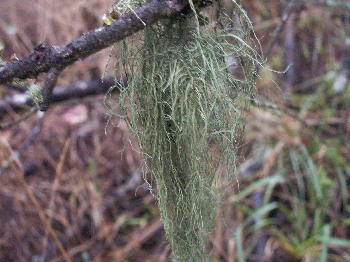 |
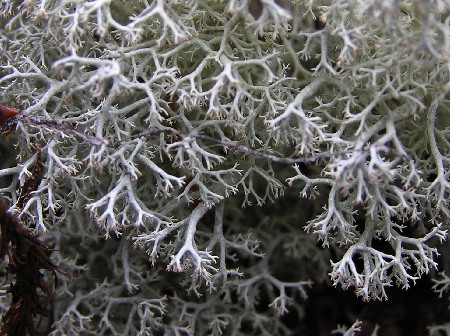 |
|
|
|
|
Many others use the trees in other ways. There are great numbers that wrap around the tree or its branches. Amongst these species, there is as great a variety of different shapes and colors as there are in any garden of flowers. |
 |
|
|
It is a thrill to see something that is not always in plain sight and one has to search for it. Although these branch hugging lichens may be plentiful, like all botany plants in nature, they only fruit at certain times. |
|
As the season passes we see the lichens in a whole new perspective. The different colors of the fruit adding that little something extra to the scene. A single branch or the smallest twig, can carry a whole miniature garden of amazing shapes. |
|
|
|
|
|
|
|
 |
 |
|
|
|
|
|
 |
|
|
|
|
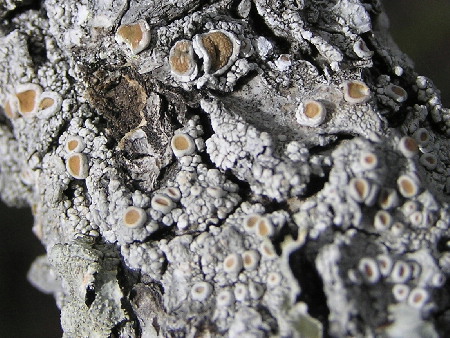 |
 |
|
|
|
 |
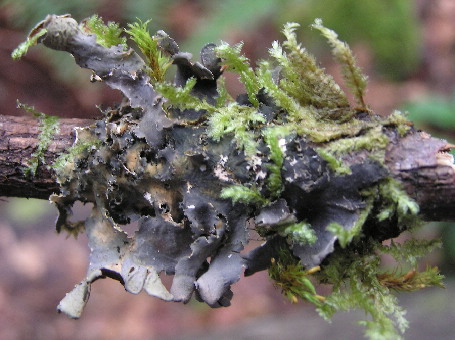 |
|
|
|
|
|
|
|
|
|
There are many other lichens that thrive on the decaying wood of fallen trees. Many look like miniature gardens in themselves and share these precious sites with a variety of other plants. |
 |
|
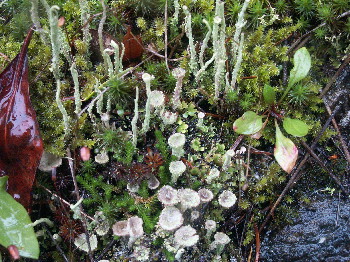 |
||
 |
|
|
|
|
They may appear tall and have huge flowers, but these lichen, even with these bright red caps, are not easily seen if one is not looking for them. |
|
|
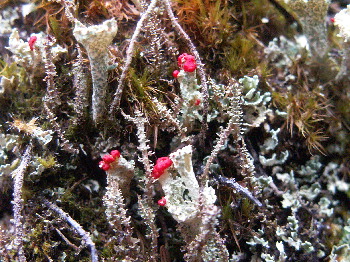 |
|
|
 |
 |
|
|
Similar to some of those hanging lichens, we have
the one on the left that does quite well amongst the moss and ferns at the
base of the rocks. Also here, are two species that perhaps take us away
from the thought of them being lichens at all with such a difference in
appearance from the first image. |
|
|
|
|
|
A contrast between the white and black on rock. |
|
|
|
|
|
|
|
|
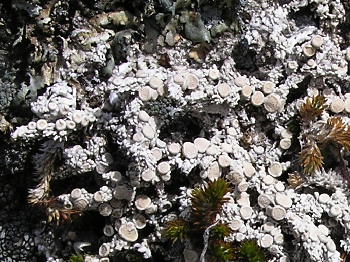 |
|
|
|
|
|
|
THIS IS A DEREILA PRESENTATION